Millets have emerged as potential contributors in the prevention of osteoporosis owing to their rich nutritional composition. Packed with essential minerals such as calcium, magnesium, and phosphorus, millets like finger millet (ragi) and pearl millet offer a valuable resource for maintaining strong and healthy bones. Calcium, a vital component found in these grains, plays a pivotal role in fortifying bone density and thwarting bone loss. Additionally, millets contain magnesium, facilitating calcium absorption, and phosphorus, crucial for bone structure and strength. The presence of vitamins, particularly vitamin K, aids in bone metabolism and the utilization of calcium. Furthermore, millets harbor antioxidants that may mitigate oxidative stress, potentially benefiting bone health.
Table of Contents
How Can Millets Prevent Osteoporosis?
Millets can potentially play a role in preventing osteoporosis due to their nutritional composition, which includes essential minerals like calcium, magnesium, phosphorus, and other micronutrients that contribute to bone health.
- Calcium: Millets such as finger millet (ragi) and pearl millet contain notable amounts of calcium, a crucial mineral for maintaining bone strength and density. Adequate calcium intake helps in preventing bone loss and reducing the risk of osteoporosis.
- Magnesium and Phosphorus: These minerals found in millets are also integral for bone health. Magnesium aids in calcium absorption and bone formation, while phosphorus contributes to bone structure and strength.
-
Vitamins and Antioxidants: Millets contain vitamins like vitamin K, which is essential for bone metabolism and helps in calcium utilization. Additionally, certain millets possess antioxidants that may reduce oxidative stress and inflammation, contributing to bone health.
What Is Osteoporosis?
Osteoporosis is a medical condition characterized by weakened and fragile bones, making them more susceptible to fractures and breaks. The word "osteoporosis" translates to "porous bone," highlighting the condition's nature where the bones become less dense and porous over time. As a result, even minor stresses, such as a minor fall or everyday activities, can lead to fractures in individuals with osteoporosis. This condition often progresses silently without symptoms until a fracture occurs. Osteoporosis occurs when the creation of new bone doesn't keep up with the removal of old bone, leading to a decrease in bone mass and density. Factors such as aging, hormonal changes (especially in women after menopause), insufficient calcium and vitamin D intake, certain medications, and a sedentary lifestyle can contribute to the development of osteoporosis. Treatment and management typically involve lifestyle changes, dietary modifications, exercise, and sometimes medication to strengthen bones and reduce the risk of fractures. Regular bone density tests and consultations with healthcare professionals are essential for early detection and appropriate management of osteoporosis.
Millet For Good Bone Health:
Millets play a significant role in supporting good bone health due to their rich nutritional profile. Packed with essential minerals like calcium, magnesium, and phosphorus, millets such as finger millet (ragi) and pearl millet contribute to bone strength and density. Calcium, a key component abundant in these grains, is crucial for maintaining healthy bones and teeth. Additionally, millets contain magnesium, aiding in calcium absorption, and phosphorus, vital for bone structure. Certain millets also offer vitamin K, supporting bone metabolism and reducing the risk of fractures.
How Can You Incorporate Millet Into Your Diet For Your Bone Health?
Incorporating millets into your diet for better bone health can be done in various ways. Here are some suggestions:
- Millet Porridge or Breakfast Cereal: Cook millets like finger millet (ragi), pearl millet, or foxtail millet to create a warm porridge or use them as a base for a breakfast cereal. Add nuts, seeds, fruits, or a touch of honey for added flavor and nutrients.
- Millet Salads: Use cooked and cooled millets as a base for salads. Combine them with assorted vegetables, greens, lean proteins like grilled chicken or tofu, and a light dressing for a nutritious meal.
- Millet Soups or Stews: Add millets to soups or stews. They can provide texture and thickness to the dish while boosting its nutritional content.
- Millet Flour in Baking: Millet flour can be used in baking bread, muffins, or cookies. Incorporating millet flour into baked goods can enhance their nutritional value.
- Millet-based Side Dishes: Cook millets and use them as a side dish to accompany main courses, similar to rice or quinoa.

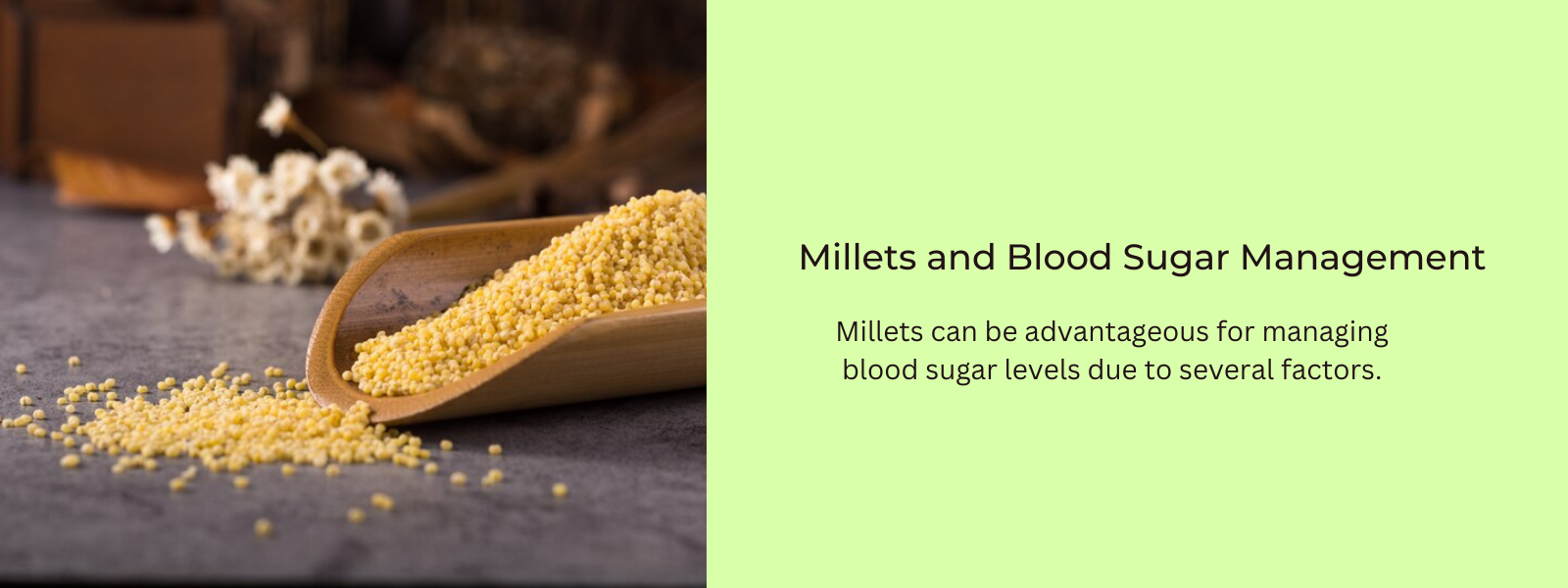
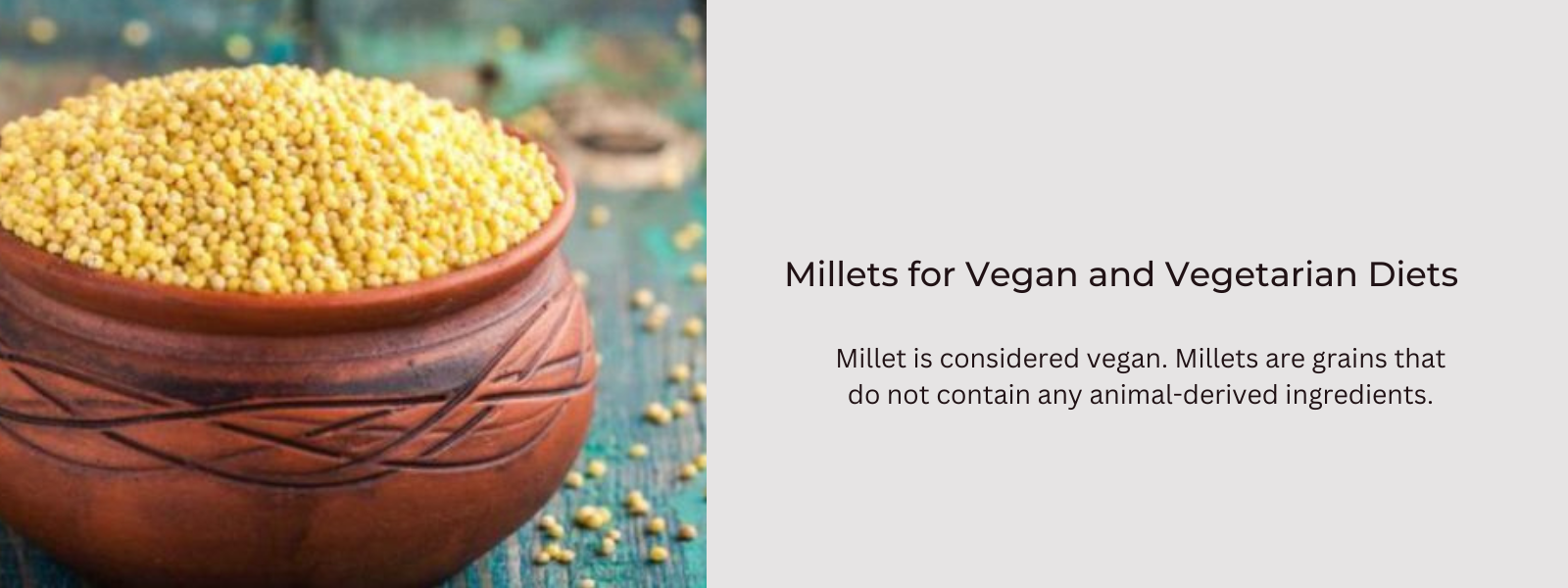
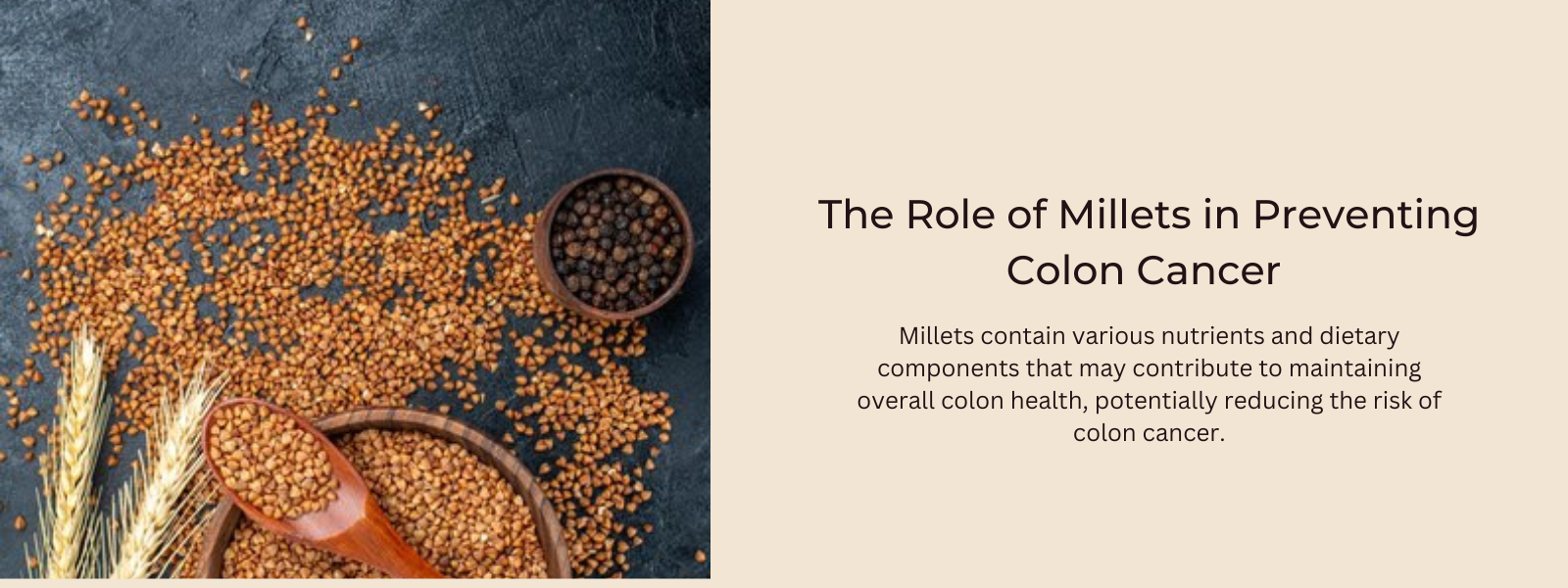
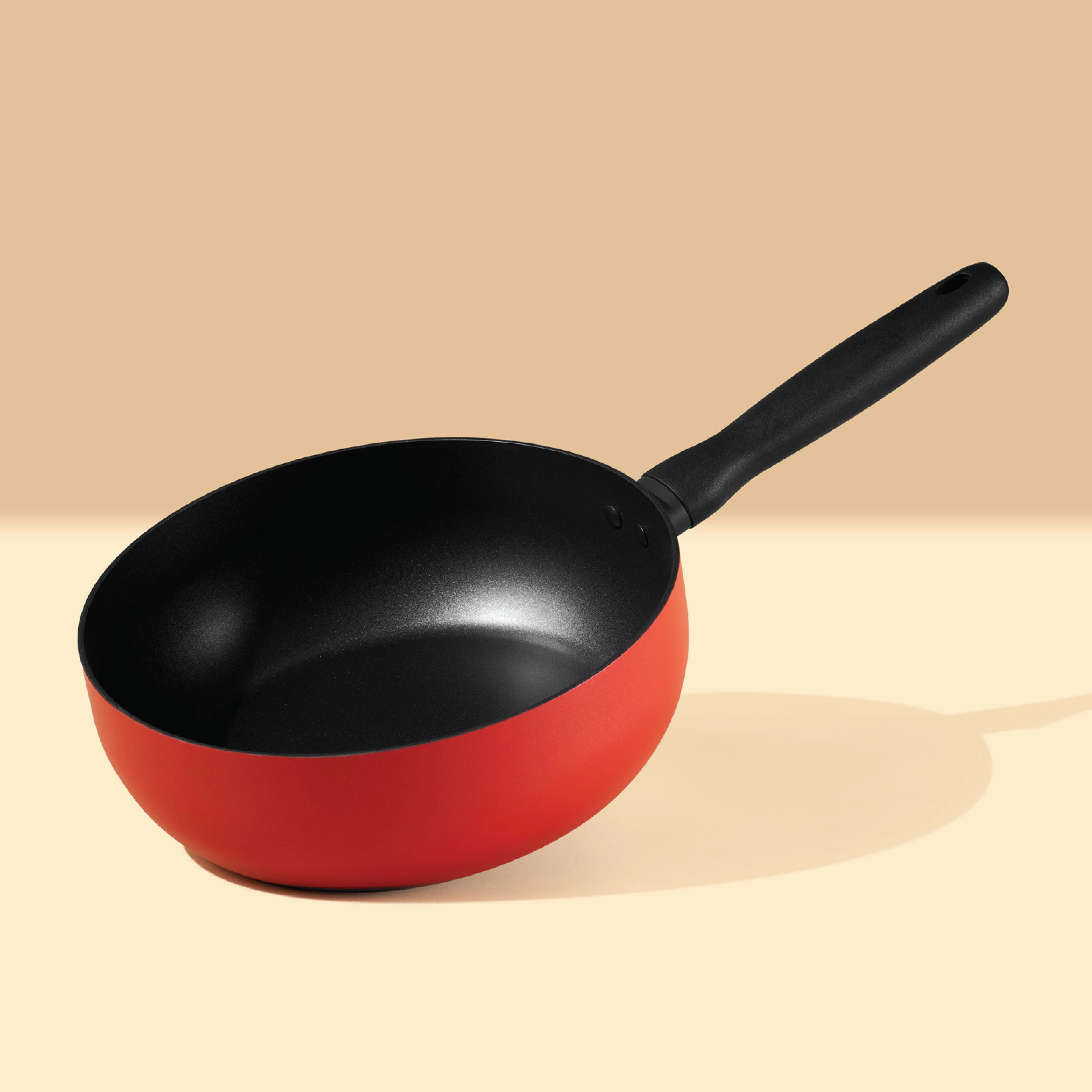
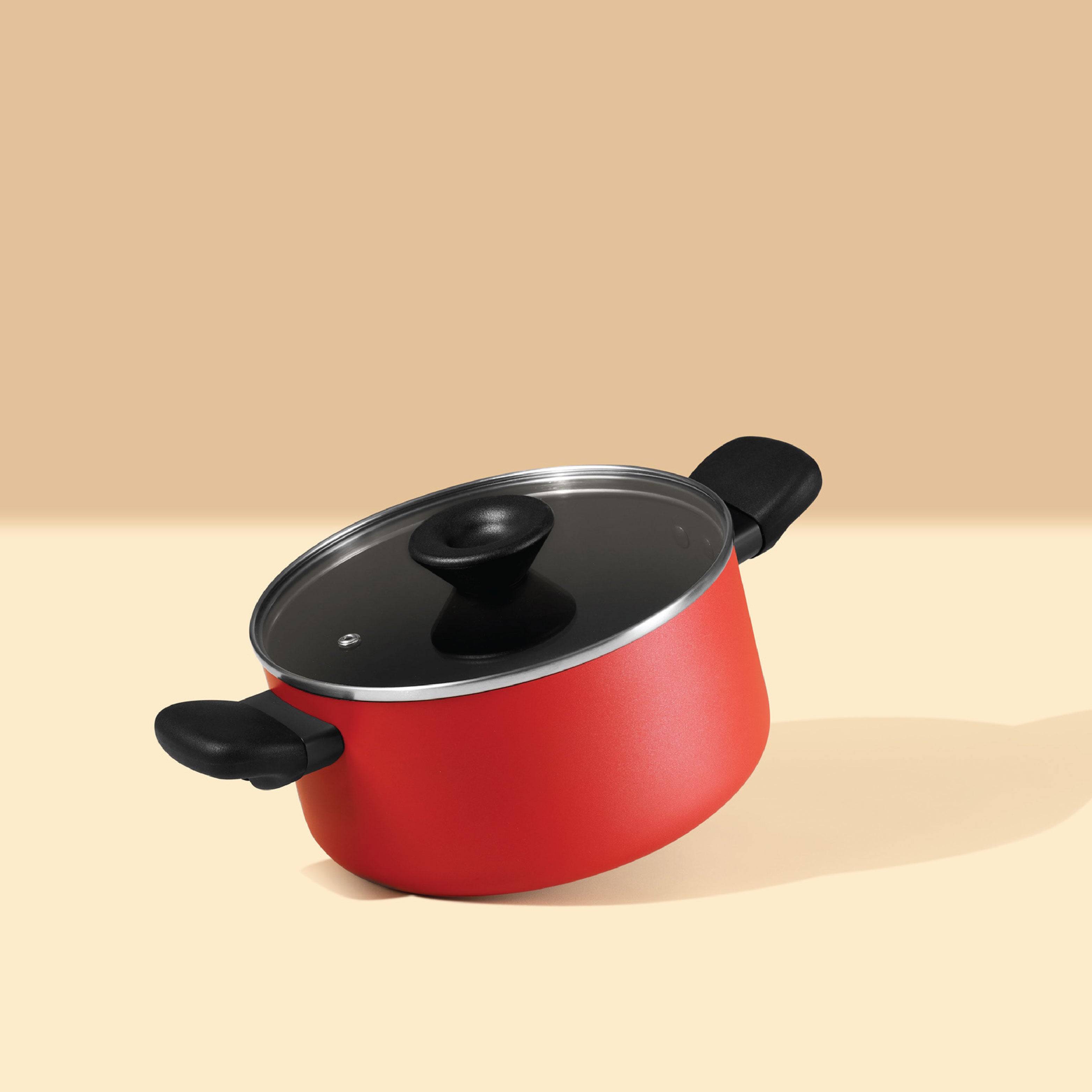




Leave a comment